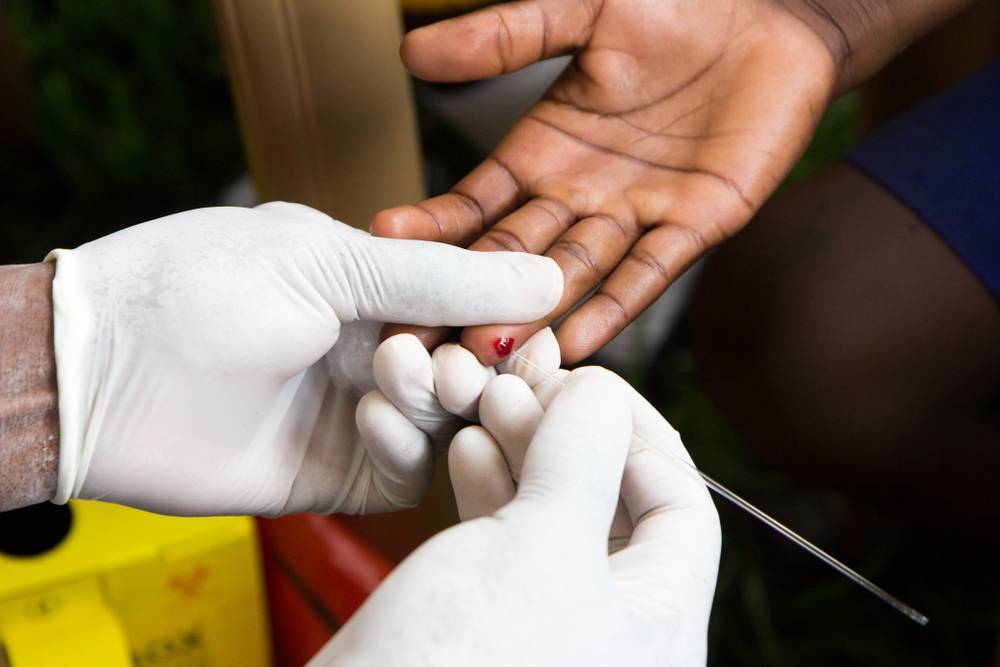HIV: The virus that damages your cells and attacks your immune system.
HIV attacks the body’s immune system, and if it is left untreated, it can lead to AIDS. The prevalence in Asia is 0.1%-0.2%, a massive HIV burden, but the risk factors are increasing tremendously.
HIV disease remains asymptomatic for many years until fully developed AIDS occurs. An acute illness similar to infectious mononucleosis is observed. A prolonged latent phase followed by lymphadenopathy and a stage characterized by fever, weight loss, and diarrhoea.
Dr Loh Jiashen from the Infectious Disease Specialist Group in Singapore answers questions on HIV and AIDS in this video and article to help us understand these topics better.
What is the difference between HIV and AIDS?
HIV is the virus, whereas AIDS is the condition caused by HIV’s impact on the immune system; it takes HIV 7-10 years to cause AIDS.
In the first stage, after the virus enters the body, it generally develops headaches, flu, and rash for 2-4 weeks. The ongoing battle with HIV and the presence of HIV in the body untreated depletes the body’s immune system.
The body enters the ultimate stage of total immune paresis, AIDS, after 7-10 years of continued depletion. At this point, the body cannot defend against opportunistic infections and cancer-related illnesses. The CD4 count, fewer than 200 cells/mm3, confirm the diagnosis.
How is HIV transmitted?
The virus will transfer by exchanging body fluids such as blood, breast milk, sperm, and vaginal secretions from infected to noninfected people; and Transmission through condomless sex, anal and vaginal with the infected person, and by sharing used needles, syringes when injecting drugs are common.
Why can’t HIV be cured?
The treatment is complex because most individuals come to know about infection after several years. The latent virus reservoir and the genome of HIV are the reason that causes difficulty in cure. Within a few days of infection, the virus is not actively replicating and hides in host cells. Many antiviral medications and chemotherapy are highly effective while the virus is actively replicating. However, locating the virus and targeting it in the latent phase makes it tough to cure.
Furthermore, because the HIV genome becomes a part of the host DNA, it creates a new difficulty. And currently, it is impossible to extract that part of DNA from the host DNA. These reservoirs increase with time, making treatment challenging.
Post-exposure prophylaxis is the most effective way to control the infection; following high-risk activity such as condomless sex, the prophylactic HIV drug kills the virus and disrupts the entire chain.
How do you test for HIV?
You only need to see your GP and provide a blood sample; you will have the results within a few days.
However, several home testing kits are available so that you may do the tests yourself.
Are there any new developments in finding a cure?
The cure research will never stop, but it will also help to learn and develop technologies to investigate different aspects of the disease. It is not only the journey to the cure but also helps in the prevention of disease.
Cure research finds the Viral eradication method or sterilizing remedy to treat HIV. Scientists think this in a person’s body will require two-part therapy. The first stage would comprise drugs that cause HIV reservoir cells to grow and express proteins that act as a signal to your immune system. The second component consists of drugs that detect protein signals and then seek and kill the virus.
Can a person with HIV live a normal life?
Yes, even if a person is HIV positive and has a low viral load, they may live a normal life by taking proper drugs. This person should be closely checked by an infectious disease specialist every month and take all cautions, such as quitting smoking, drinking, eating nutritious foods, or exercising. Then, they can have kids with the HIV-negative spouse without infecting the partner and the child. With enough caution and cures, avoiding infecting the child if the mother is HIV positive is feasible.
The earlier you begin to cure, the more probable you will be able to live a normal life. The optimal time to start a cure is before the CD4 count drops to fewer than 500 cells/mm3, and a person can have an average life expectancy.
What precautions are needed if your partner has HIV?
If you are HIV positive and your partner don’t, then you are a Serodiscordant couple; some studies explain U=U, which means undetectable viral load=untransmissible. This shows that if the person has an undetectable viral load, there is a low risk of transmission.
Prevention is the best way to reduce the chances of HIV transmission in this case and involves treating the uninfected spouse with HIV drugs. It lowers the risk of infection with HIV even if exposed; also, people should continue to practice safe sex, such as wearing condoms.
The negative partner should encourage the positive partner to take the drugs to lower the viral load and destigmatization by treating your partner as a normal person.

